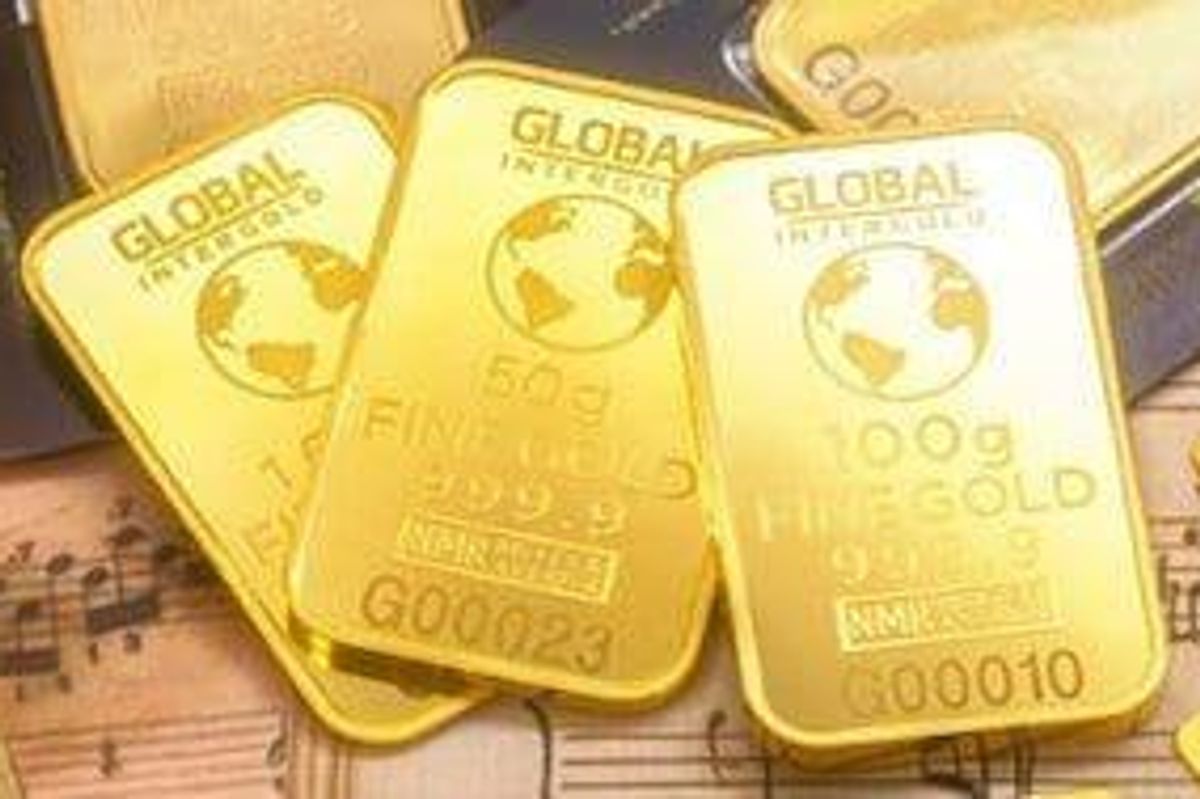
Rick Rule, Jim Rickards and Peter Hug shared gold market insights for the coming year in a Vancouver Resource Investment Conference panel.
Three experts discussed recent trends in the gold market and shared insights on what they think will happen over the next few years at the Vancouver Resource Investment Conference.
The show was held from January 21 to 22, and the panel was moderated by Kitco’s Daniela Cambone. As of Thursday (January 25), gold was changing hands at $1,348.38 per ounce.
Rick Rule of Sprott US Holdings kicked off the discussion by saying, “from my point of view, gold did what I asked it to do in 2017. It preserved my purchasing power. Gold stocks did not do what I asked them to do in 2017, and I suspect that the gold stocks will pick up pace in 2018.” Rule added that it would not surprise him if gold went to $1,450 or $1,500, but he wouldn’t be disappointed if gold stayed at $1,350.
Well-known author Jim Rickards said we are at the beginning of the third great bull market of his lifetime. The first bull market ran from 1971 to 1980, and the second lasted from 1999 to 2011; he believes the new bull market began in December 2015. He thinks gold could go to $1,500 this year.
The third panelist, Peter Hug of Kitco, said gold is at $1,340 against a backdrop of “equity markets at record highs, four interest rate hikes in the last three years and a relatively stable dollar.” Hug said that considering the fundamentals, gold should be trading lower, at $1,100. He noted that he’s looking for a technical break of over $1,365 to become a bit more bullish.
He also said he’s not in the camp that thinks the US Federal Reserve will raise rates four times this year, and thinks the US equity markets “are a little stretched.”
Hug added that he’s not certain the economic recovery in the US is going to be 3.5 to 4 percent, and suggested that the Fed could start easing possibly by Q3 of this year. Rule said gold has done relatively well in a period of time when confidence and liquidity are extremely high, which “suggests … that if there was any change in the perception of gold, there could be an interesting move.”
Rickards added that since the dollar price of gold is highly correlated to real interest rates, he is “surprised gold is as high as it is given the headwinds.” He also noted that the Fed is “not just raising rates, they’re destroying money” by reducing the balance sheet. In his view, real rates are “too high and they’re going to come right down.”
In response to a question on whether we have reached peak gold production, Rule said, “I suspect we have reached at least an intermediate top of new mine production.” He said it’s important to note that unlike some other mined commodities, which are used up, gold that is produced remains in supply. He reminded the audience that if gold firms start aggressively exploring now, that will result in production about 10 to 12 years later.
Hug said to watch the retail investors, particularly those that bought gold or silver between 2006 and 2011, when gold peaked above $1,900. “It’s an anomaly to see the retail investor selling into strength, and what people could be doing is waiting for it to break even.”
He’s concerned about the demographic shift as well, saying Millennial investors have never been hurt by a stock market crash because they were too young when it happened. “Right now they’re playing the exotics, i.e. bitcoin. Until we get the Millennials to buy in that gold is a good investment, as either a portfolio hedge or certainly an investment for capital gains perspective, I think it’s going to take that psychological shift to really get the demand picked up again and take some of the supply off the market.”
When asked whether the new Fed chair will change anything, Rule said he doesn’t think that it will. “The Fed chair to some extent is a prisoner to the circumstances that he or she inherits,” he explained. Hug sees incoming Fed Chair Jerome Powell as similar to Janet Yellen, and expects that Powell’s decisions will be a “reaction to what’s happening in the economy and what’s happening in the equity market.”
Rickards agreed that it will be more of the same, but added that Powell “is not battle tested in a crisis.” He added, “I do think he’s a little too close to the White House,” which makes him a “real wild card in the next crisis.” Powell is expected to assume his duties in February following the expiry of Yellen’s term.
Don’t forget to follow us @INN_Resource for real-time news updates!
Securities Disclosure: I, Melissa Shaw, hold no direct investment interest in any company mentioned in this article.




